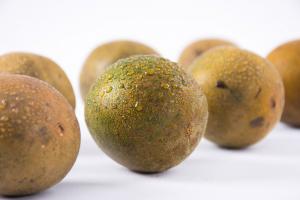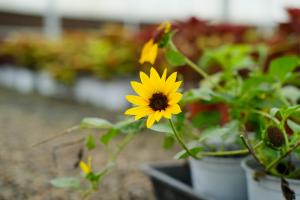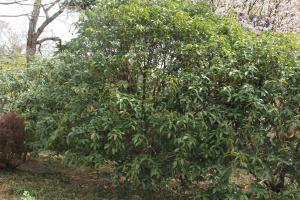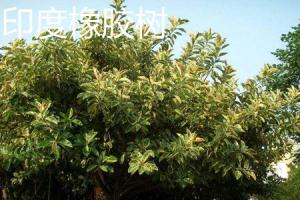Overview
If you're interested in planting soybeans, you may be curious about what the plant looks like. Soybeans are annual legumes that are grown all over the world for their edible beans, which are high in protein and nutrients. The plant has a distinct appearance, and can reach several feet in height. In this article, we'll explore what a soybean plant looks like in detail.
Growth Habit
Soybean plants are typically upright, bushy and green, reaching a height of up to two meters. They have a relatively short growing period, taking between 80 and 120 days from planting to harvest, depending on the environmental conditions. When fully matured, soybean plants have a strong, sturdy stem, and numerous branches that extend from the central stem. The leaves are arranged in a trifoliate pattern, and each leaf has three oval-shaped leaflets.
Flowers and Pods
Soybean plants produce small, white or violet flowers. These flowers grow in clusters in the axils of the leaves, and each cluster contains several flowers. The pods of a soybean plant grow from the base of the flowers, and they can be between 3 and 5 centimeters long. Each pod contains two to four mature beans that are oval-shaped and typically have a yellow, green or brown color. The beans are about 1 centimeter long and 0.5 centimeters wide. The pods start out green, then turn yellow or brown when they are mature and ready for harvest.
Root System
The root system of a soybean plant is extensive and deep, with the ability to grow an average of two meters below the ground. The roots of a soybean plant are important for anchoring the plant in the soil, and also for absorbing nutrients and moisture. The root system includes a taproot that extends deep into the soil, and lateral roots that can stretch up to one meter from the stem in a radial direction.
Conclusion
Overall, a soybean plant has a distinct appearance, with an upright and bushy habit, trifoliate leaves, small white or violet flowers, and pods that contain two to four oval-shaped beans. Its deep and extensive root system allows it to efficiently absorb necessary nutrients and moisture from the soil. By understanding the different parts of a soybean plant, you'll be better equipped to grow and harvest an abundant crop.

 how many times do yo...
how many times do yo... how many planted tre...
how many planted tre... how many pine trees ...
how many pine trees ... how many pecan trees...
how many pecan trees... how many plants comp...
how many plants comp... how many plants can ...
how many plants can ... how many plants and ...
how many plants and ... how many pepper plan...
how many pepper plan...































